There's probably no supplement more researched than creatine.[1] Almost anyone who's touched a barbell has taken creatine at some point. Its ability to improve performance and support muscle building is legendary.
Creatine takes time... but we also want effects now
The only problem with creatine is the necessity of the loading phase, a period lasting several weeks in which the creatine you take is building up to an effective concentration in your muscles. This long wait can be a little frustrating for some people, especially when you want to see those precious gains now.
So, attempts have been made over the years to develop a better, faster-acting creatine. Unfortunately, none of those have worked. Plain old creatine monohydrate is still just as effective as any fancier creatine on the market.[2]
Ideally, we could stack something with creatine that would give us the same ergogenic benefits of creatine, but more immediately. Since creatine's basic mechanism of action is helping your body replenish intramuscular ATP stores, we want something that also affects ATP in a complementary fashion.
What better supplement for this purpose than ATP itself? We're talking about Peak ATP, the patented exogenous ATP supplement from TSI Group Ltd.[3-5] The combination of creatine and Peak ATP has demonstrated itself to be quite powerful – consumers seemingly can't get enough of formulas based on this hard-hitting combination.
One great example of such a product is Structure by Undefined Nutrition, Brian Shaw's ATP-boosting muscle builder. Consumer feedback on this product has been overwhelmingly positive, so let's take a minute to talk about why this formula is so effective, and why some of the best-selling muscle-building supplements have both creatine and Peak ATP.
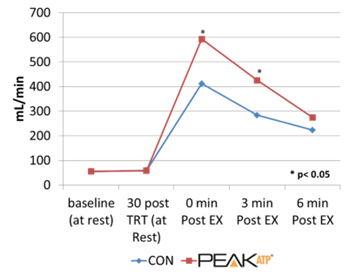
Ultrasonography-determined mean volumetric blood flow in the brachial artery in 12 college-aged resistance-trained subjects with Peak ATP® and control (CON). [6]
Creatine + Peak ATP – Complementary Synergistic Effects
While creatine and Peak ATP both have ATP-mediated ergogenic effects,[1,7] their physiological roles are different and complementary.
Creatine helps keep ATP stores topped off inside your muscles. Creatine supplements have been shown to increase muscle creatine and phosphocreatine stores by 10-40%, which helps catalyze the conversion of adenosine diphosphate (ADP) to adenosine triphosphate (ATP). This, in turn, helps your muscles function closer to peak capacity.[1]
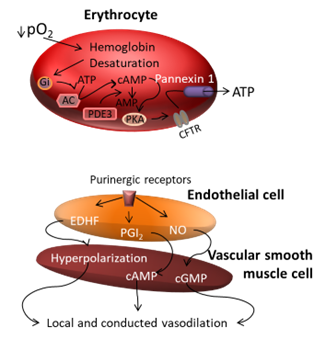
ATP released from erythrocytes binds to purinergic receptors, which initiate a vasodilatory cascade through nitric oxide synthesis.[8]
Peak ATP, on the other hand, works primarily in the cardiovascular system,[7] where it triggers vasodilation and helps improve the delivery of raw nutrients and energy substrates to your muscles. Thanks to this improved blood flow, Peak ATP supplementation can help muscles work harder, and recover better,[6] leading to bigger gains in muscle mass.[7]
In other words, creatine and Peak ATP both help keep your muscles fueled, in different ways. Creatine helps your muscles maintain the reserve of cellular energy they need to metabolize oxygen, glucose, ketones, and other nutrients that Peak ATP helps deliver more effectively.
As it turns out, ATP is a crucial signaling molecule in all vasodilation – shear stress from increased blood pressure and heart rate causes endothelial cells to release ATP, which triggers nitric oxide synthesis.[8] When placebo-controlled Peak ATP studies directly measure arterial blood flow, they consistently find more blood volume in the Peak ATP group.[6]
A snapshot of the Peak ATP research
The best summation of Peak ATP's clinically-backed research is in a review article written by Dr. Ralf Jaeger:[7]
The available literature on ATP disodium when provided in a dose of at least 400 mg approximately 30 min before a workout or 20–30 min before breakfast on non-exercise days provides insight into its potential to reduce fatigue (Purpura et al., 2017,[9] Rathmacher et al., 2012[10]), increase strength and power (Wilson et al., 2013[11]), improve body composition (Hirsch et al., 2017[12], Wilson et al., 2013[11]), maintain muscle health during stress (Long and Zhang, 2014,[13] Wilson et al., 2013[11]), increase recovery and reduce pain (de Freitas et al., 2018[14], Khakh and Burnstock, 2009,[8] Wilson et al., 2013[11]). Additionally, other literature indicates a role for ATP in improving cardiovascular health (Hirsch et al., 2017,[12] Ju et al., 2016,[15] Rossignol et al., 2005[16]).[7]
You can learn more about Peak ATP in our article titled "PEAK ATP: The Ultimate Guide to Disodium ATP Supplements" as well as a podcast with Dr. Ralf Jaeger (Episode #078), but let's keep moving into the performance-related benefits of these two:
Ergogenic Effects of Creatine and Peak ATP: Side by Side
With all of that in mind, let's briefly summarize what the research has to say about these two compounds' ergogenic effects.
-
Creatine:
A study published in 2011 does a fantastic job showing creatine's role in the production of ATP in the mitochondria.[17]
Mentioned in the podcast linked above with Dr. Jaeger, creatine often follows a "5-15" rule, where many performance metrics improve by 5-15%.[1] For instance, creatine administration in combination with resistance exercise helps:
- Increase maximal power and strength by 5-15%[1]
- Increase work performed during sets of maximal effort muscle contractions by 5-15%[1]
- Increase work performed during repetitive sprint performance by 5-15%[11]
- Increase single-effort sprint performance by 1-5%[1]
Long-term creatine supplementation appears to enhance the overall quality of training, leading to 5-15% greater gains in strength and performance.[1] Approximately 30% of subjects are non-responders to creatine supplementation and creatine has been shown to increase body mass by about 1-2 kilograms in the first week of loading which limits its use in athletes with weight restrictions.[1]
-
Peak ATP
Peak ATP is a patented oral ATP supplement that's been shown to increase blood flow, boost muscle activation through calcium release, and help boost muscle mass, strength, and recovery. This article covers the biochemistry, mechanism, and human research in detail.
Meanwhile, regular consumption of Peak ATP (400 milligrams per day) has been shown to improve:
- Blood flow[6]
- Total strength by 147% more than training alone[11]
- Vertical jump power by 30% more than training alone[11]
- Lean body mass by 100% more than training alone[11]
- Muscle thickness by 96% more than training alone[11]
- Muscular fatigue[10]
- Muscular contractility[18]
- Peak power[18]
- Post-exercise ATP levels[18]
- Recovery and reduce pain[13,14]
A Combination That's Faster-Acting
Unlike creatine, Peak ATP works immediately after you take it. By stacking Peak ATP with creatine, you're getting many of the intended ergogenic effects while you wait for your muscles' creatine stores to reach saturation. And once the creatine does start working, the complementary mechanisms of action mean you'll still be getting additive benefits from taking both compounds.
Creatine supplementation is important because creatine is biologically / metabolically 'expensive' to produce in the body.[19] So theoretically, if we can:
- Provide the body with more creatine, it doesn't need to generate it endogenously, saving energy and freeing up the metabolism to do other important tasks.
- Provide the body with more ATP, then it doesn't need to pull as much from creatine stores to produce its own ATP either.
Together, these fill the creatine pool and keep it filled longer, leading to numerous synergistic benefits.
How to take creatine
Typically, the loading phase entails taking 3-5 grams of creatine daily for 28 days.[1] One less-discussed alternative to this basic strategy is to take 0.3 grams of creatine per kilogram of body weight per day for 5 to 7 days (e.g., 5 grams, 4 times per day), and then use a maintenance dose of 3-5 grams once per day.[1]
How to take Peak ATP
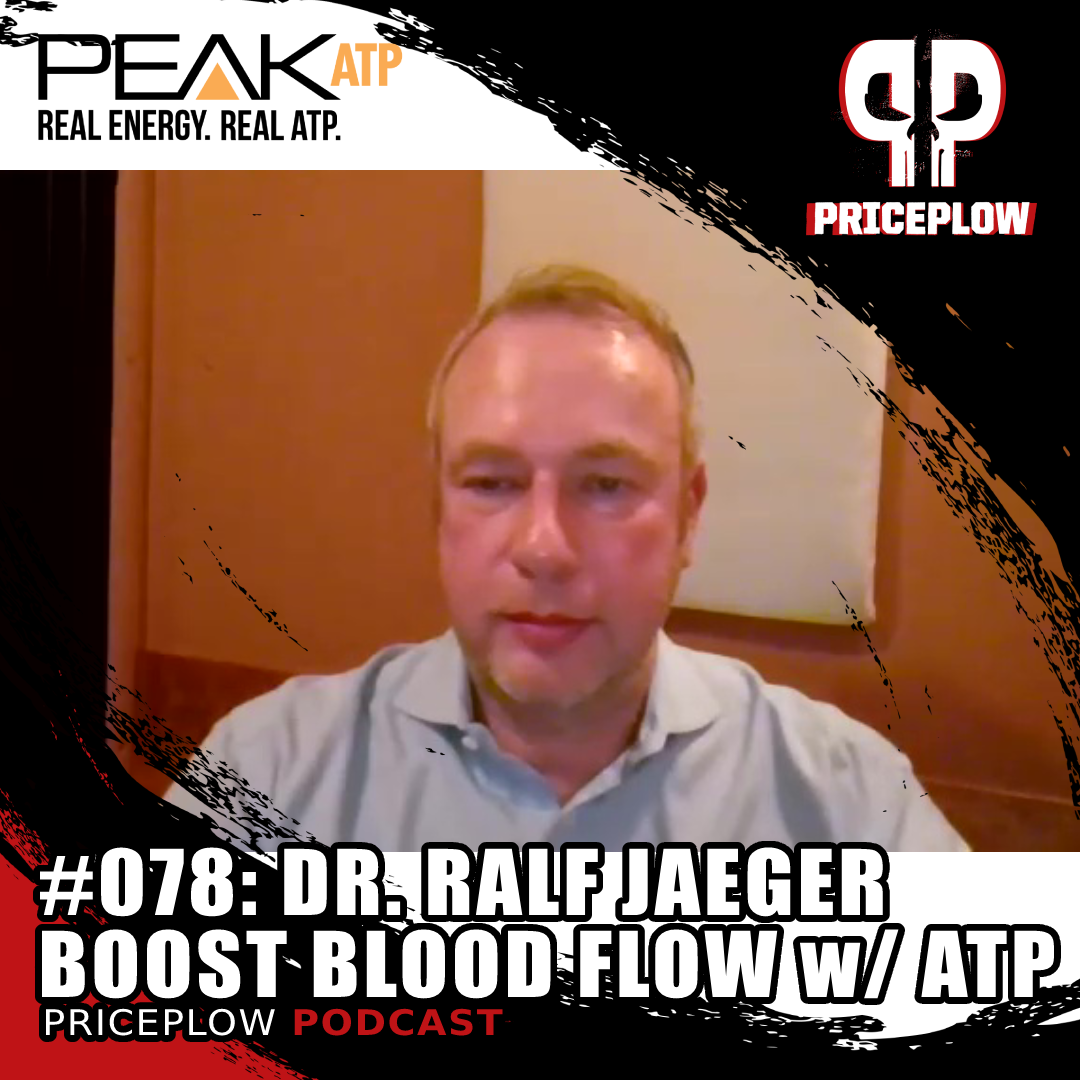
In Episode #078 of the PricePlow Podcast, Dr. Ralf Jaeger dove into ATP, explaining how supplementing Peak ATP improves workout performance.
The clinically validated dose of Peak ATP is 400 milligrams per day. TSI Group, the sponsors of this artucle, suggest that you take this dose 30-60 minutes before a workout, or 20-30 minutes before breakfast on non-training days. Always take ATP on an empty stomach, with a glass of water.
Products that have both Peak ATP and Creatine Inside
Looking for a great way to get started? Check out these products and stacks:
- We Go Home Guerilla Strength - Military-grade pre-workout supplement from legendary veteran Trung Nguyen
- Undefined Structure, Brian Shaw's muscle-buildings supplement, as introduced in this article.
- MuscleTech Muscle Builder (Peak ATP) and MuscleTech Platinum 100% Creatine - For a build-your-own capsule stack.
Conclusion: A synergistic combo that makes too much sense to miss
The Creatine and Peak ATP stack is simple, but amazingly effective thanks to the complementary synergistic effects between these two compounds and Peak ATP's ability to immediately improve blood flow and performance.
As always, you can go back to our main Peak ATP article and listen to PricePlow Podcast Episode #078 with Dr. Ralf Jaeger, where we talk all things ATP.
Peak ATP – Deals and Price Drop Alerts
Get Price Alerts
No spam, no scams.
Disclosure: PricePlow relies on pricing from stores with which we have a business relationship. We work hard to keep pricing current, but you may find a better offer.
Posts are sponsored in part by the retailers and/or brands listed on this page.

Take your gains to the next level with Brian Shaw's ATP-boosting muscle building supplement, Undefined Nutrition's Structure.
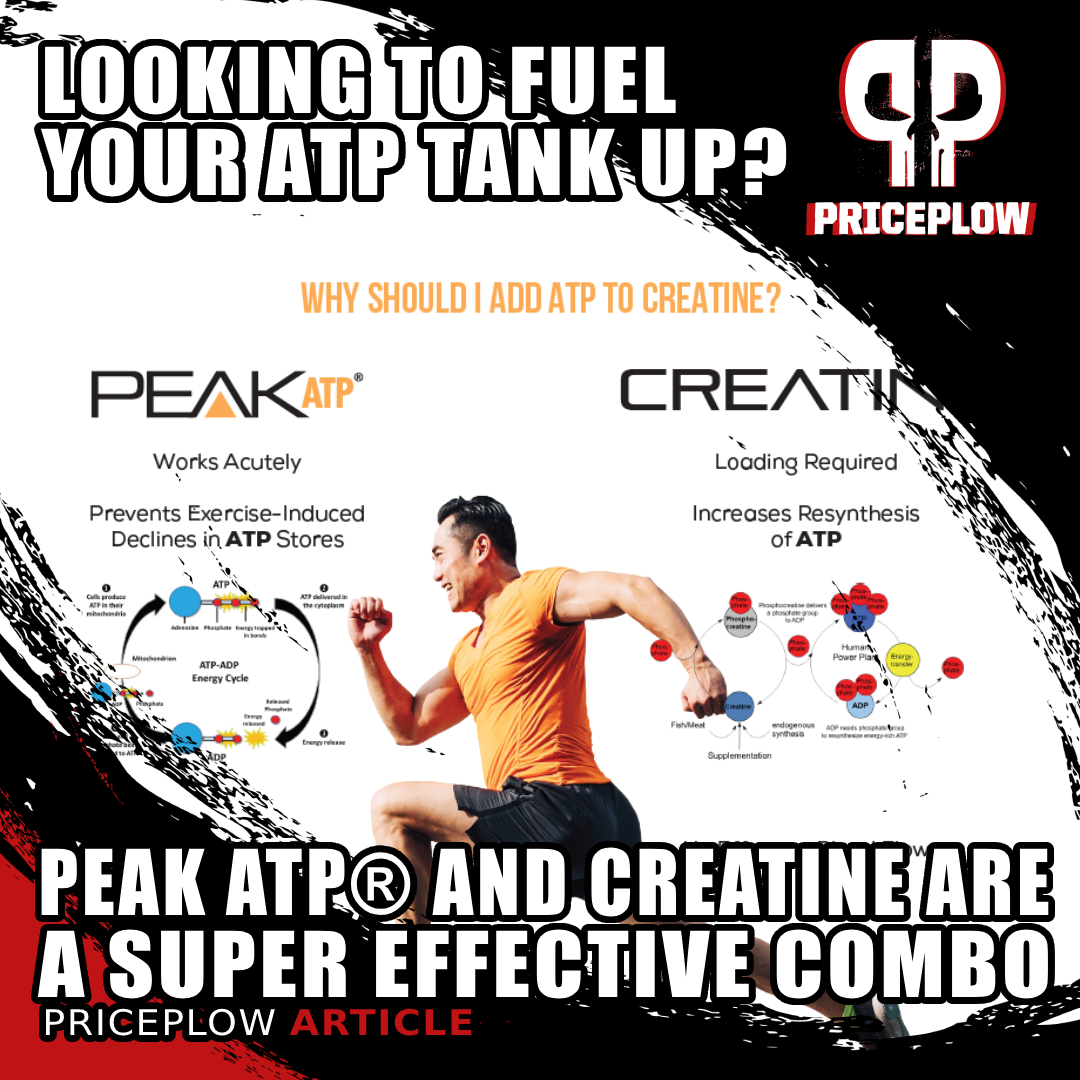
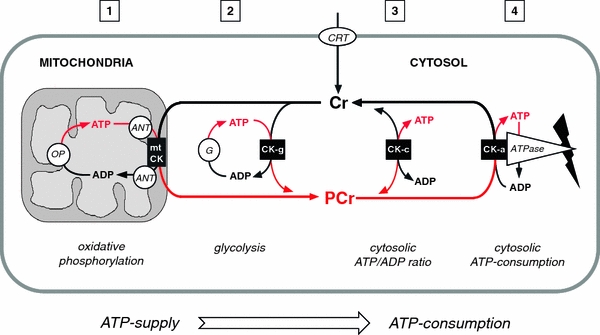
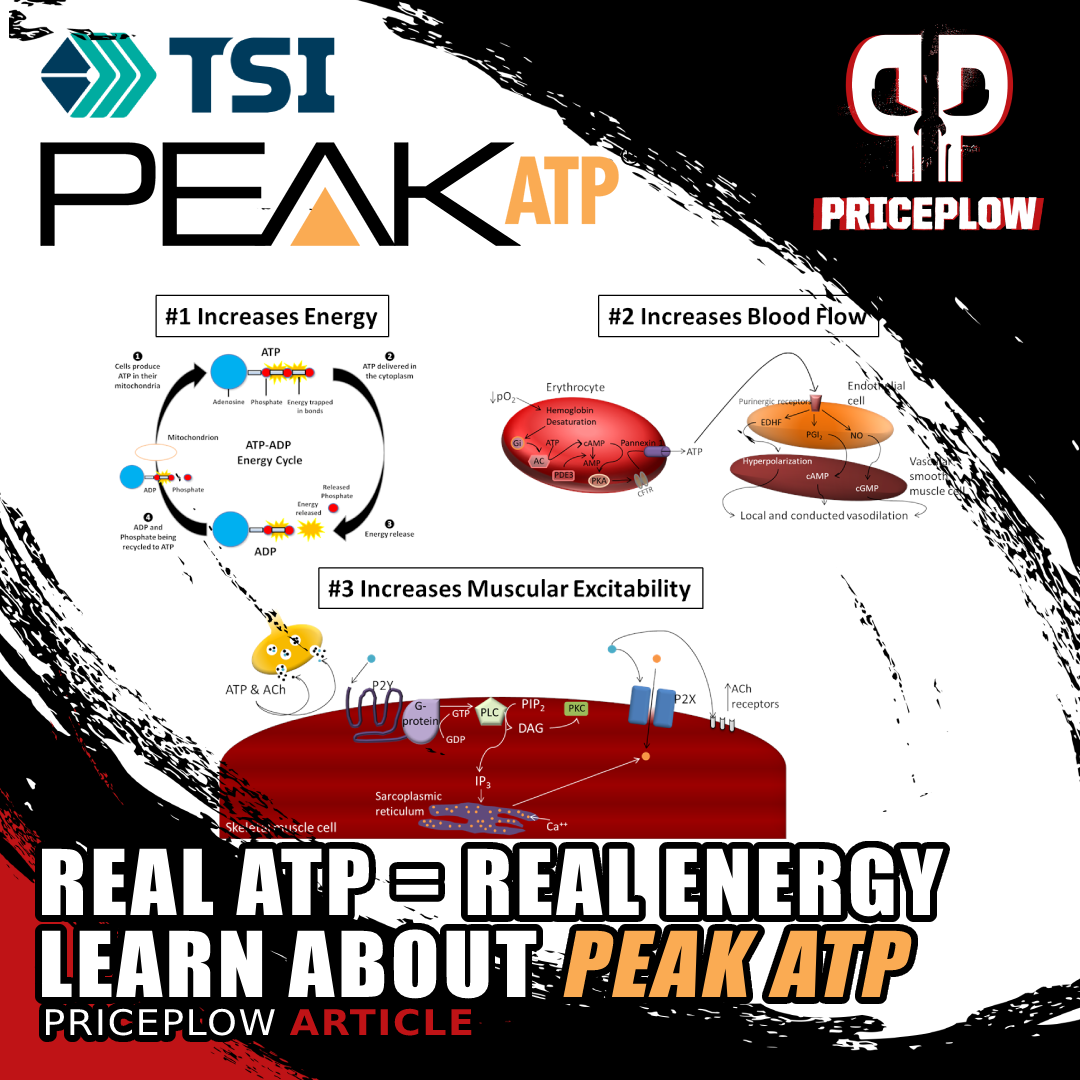
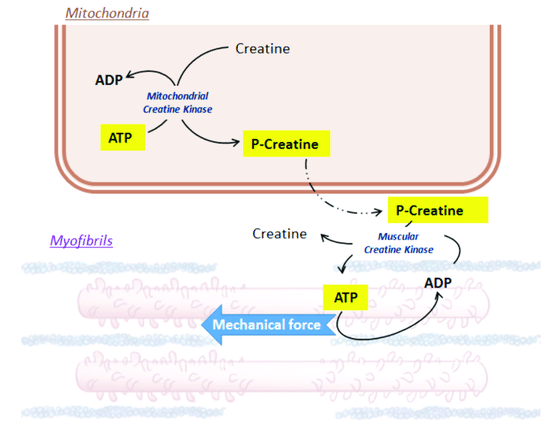


Comments and Discussion (Powered by the PricePlow Forum)